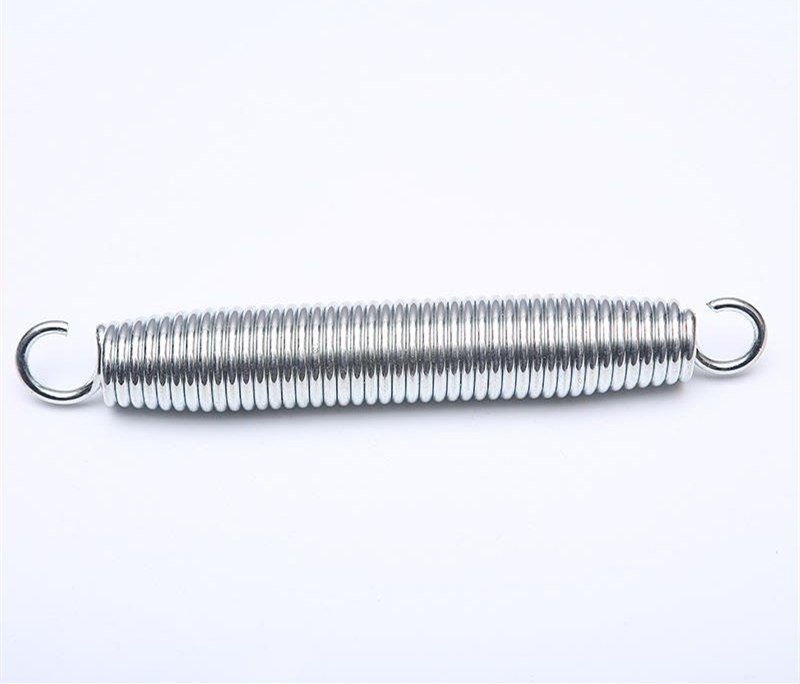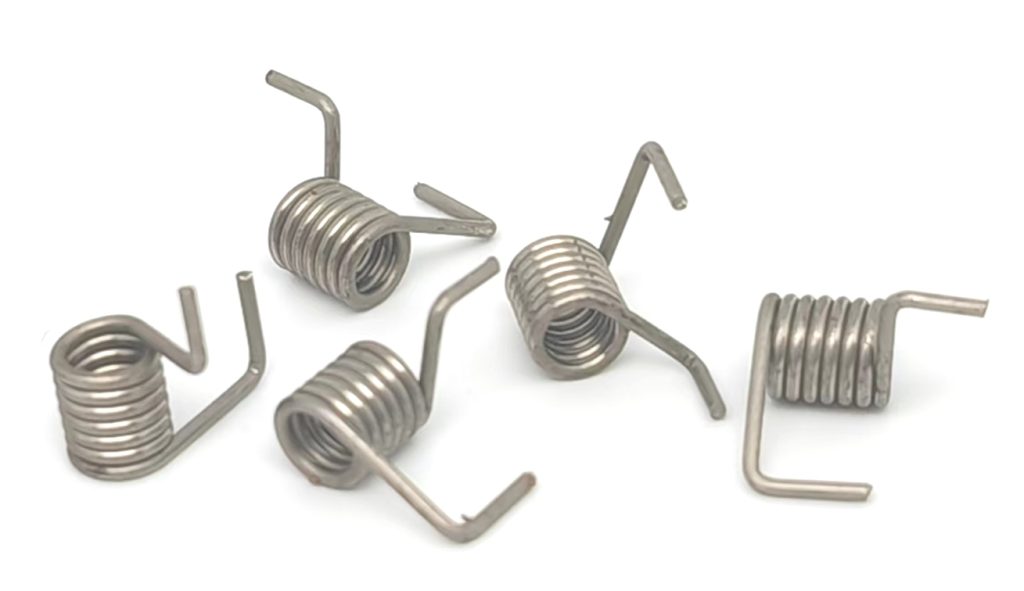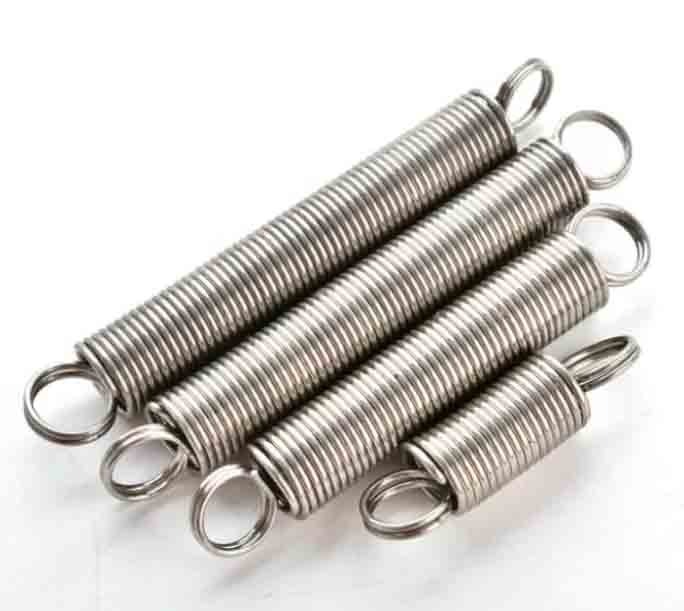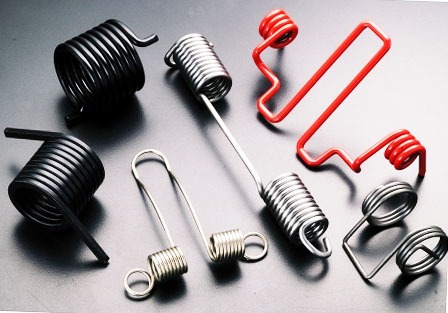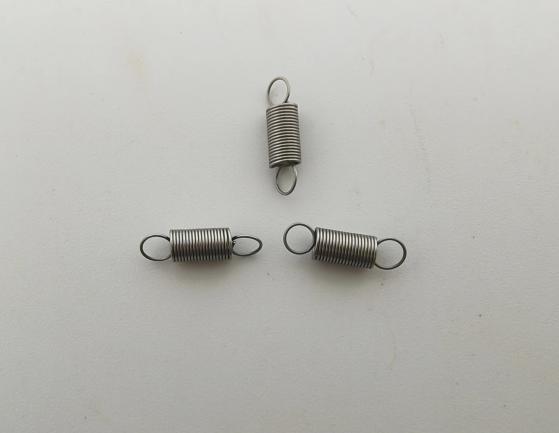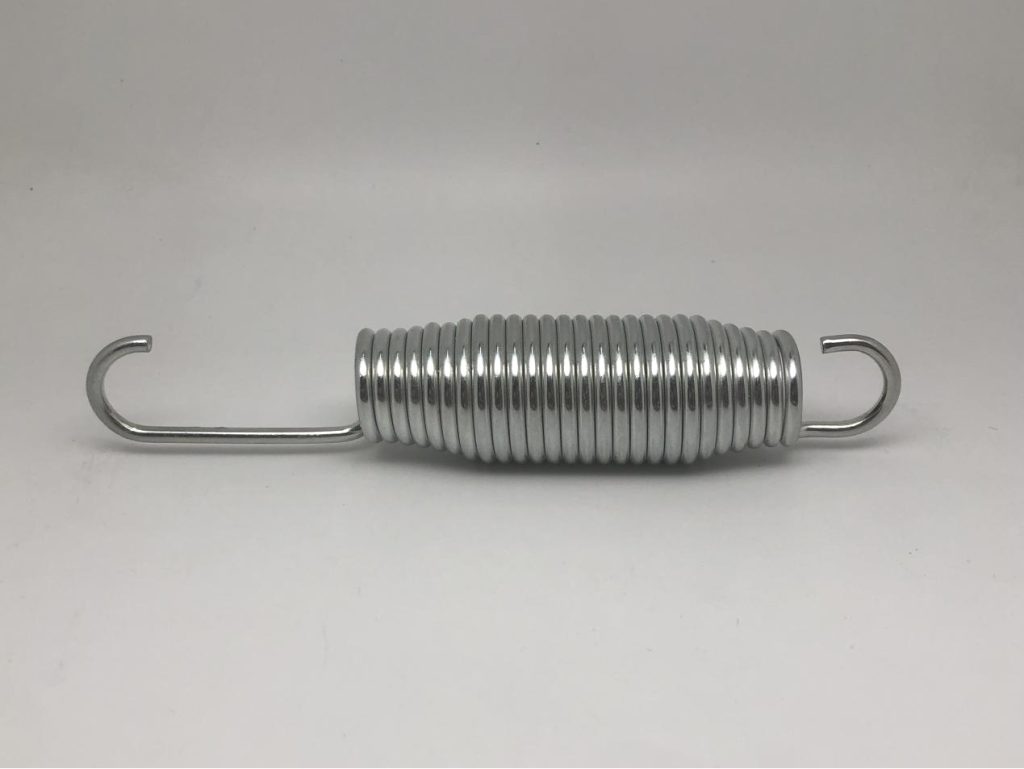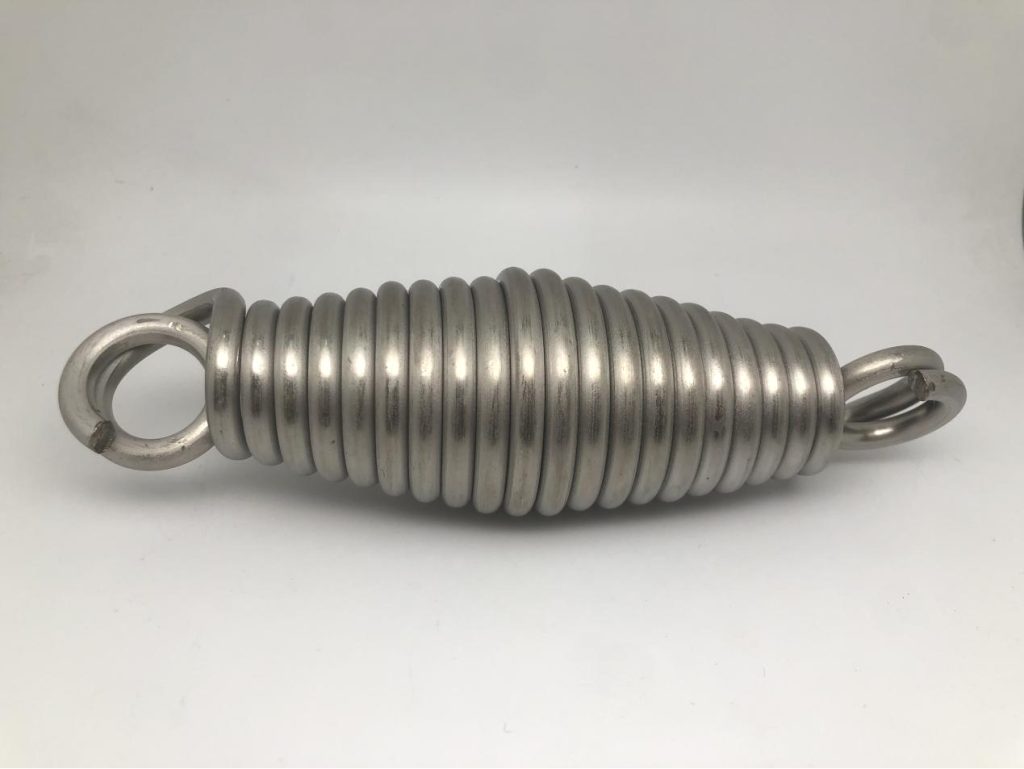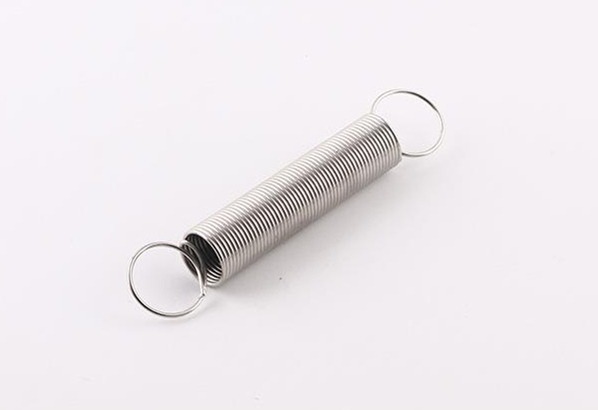3 Key Points to Know Extension Springs: Mechanics, Calculating Maximum Force and Wide Applications
Extension springs are versatile mechanical devices used in a wide range of applications across various industries. These coiled springs, which store and release energy when pulled or stretched, play a crucial role in countless mechanical systems. In this comprehensive article, we will delve deep into the world of extension springs, exploring their mechanics, how to calculate their maximum force and their diverse applications.
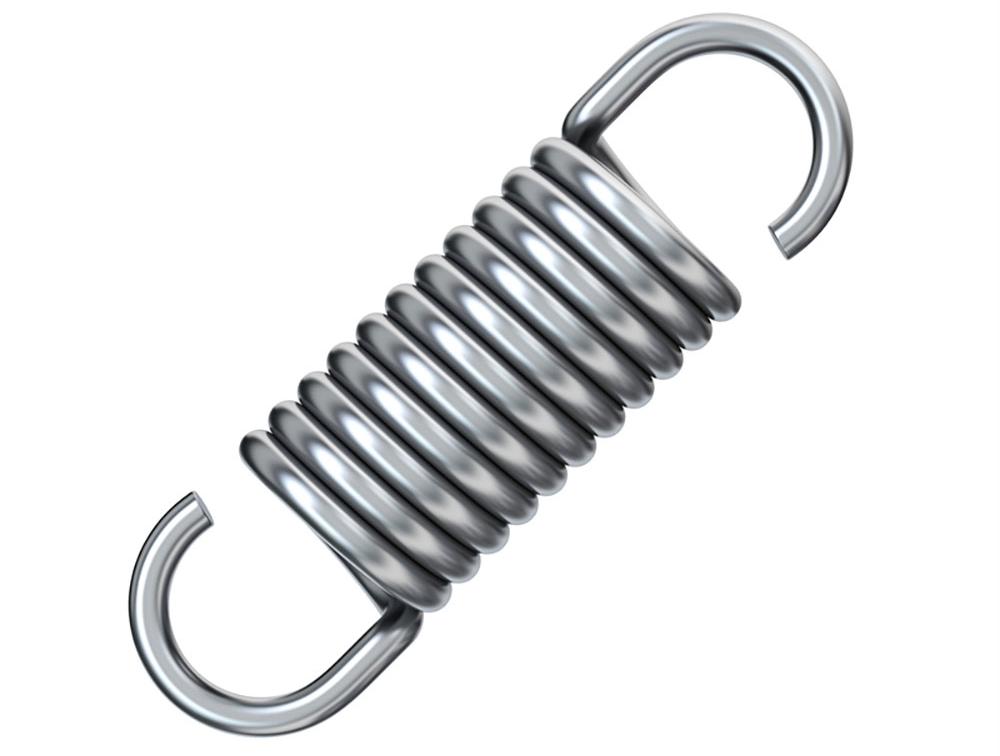
How Do Extension Springs Work?
Extension springs operate on the principles of elasticity and mechanical energy storage. When force is applied to extend the spring, it stores potential energy within its coils. This potential energy is released when the force is removed or reduced, causing the spring to return to its original, coiled shape. Understanding the mechanics behind this behavior is essential for designing and using extension springs effectively.
1. Principles of Elasticity
Elasticity is the property that allows materials, including spring steel commonly used in extension springs, to return to their original shape after being deformed. The spring’s elasticity enables it to absorb and release energy repeatedly without undergoing permanent deformation.
2. Forces at Play
Extension springs experience various forces, including tension, compression, and torsion, depending on their configuration and application. Tension forces stretch the spring, while compression forces compress it. Torsion forces cause the spring to twist.
Factors Affecting the Behavior of Extension Springs
Several factors influence the behavior of extension springs, making it crucial to consider these aspects when designing tension springs or selecting a spring for a specific application.
- Wire Diameter: The diameter of the wire used to make the spring affects its strength and stiffness. Thicker wires provide greater strength but may reduce flexibility, while thinner wires offer more flexibility but with lower load-bearing capacity.
- Coil Diameter: The diameter of the coiled portion of the spring also affects its characteristics. Smaller coil diameters result in tighter, stiffer springs, while larger diameters create more flexible springs.
- Initial Tension: Initial tension is the force applied to an extension spring when it is in its relaxed, coiled state. It influences the spring’s behavior and determines the point at which it starts to extend under load.
- End Configurations: The design of the spring’s ends, such as hooks, loops, or threaded ends, can impact its performance in different applications. End configurations determine how the spring attaches to other components and how it distributes forces.
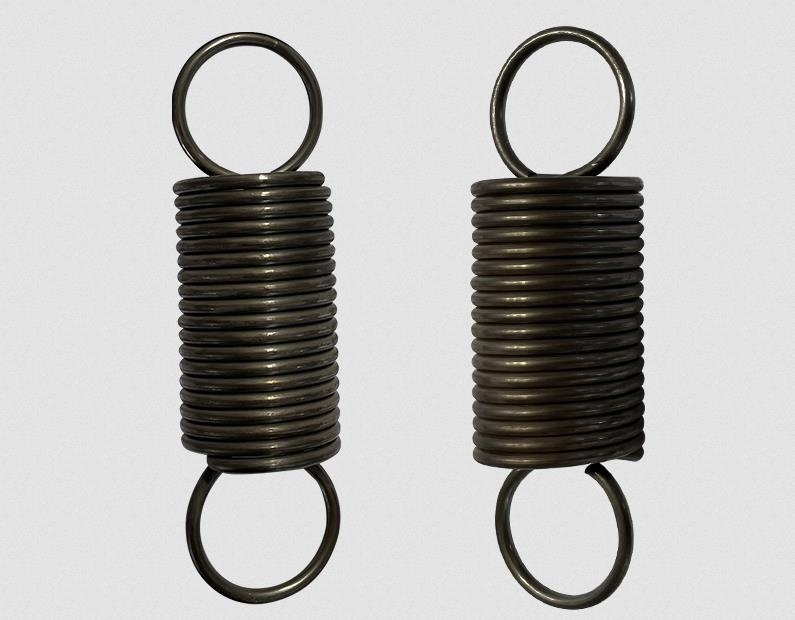
How to Calculate the Maximum Force of Extension Springs?
Calculating the maximum force a specific extension spring can withstand is crucial for ensuring its safe and effective use. Hooke’s Law, a fundamental principle in mechanics, provides the basis for these calculations.
Hooke’s Law and Its Application
Hooke’s Law states that the force exerted on a spring is directly proportional to the displacement of the spring from its equilibrium position. Mathematically, it can be expressed as F = kx, where:
F represents the force applied to the spring.
k is the spring constant, also known as the stiffness or rate.
x denotes the displacement from the spring’s rest position.
The formula for Calculating Maximum Force
The maximum force a spring can withstand before experiencing permanent deformation or failure can be determined by considering the spring’s material properties, dimensions, and Hooke’s Law. The formula for calculating this maximum force is:
F_max = (π * d^3 * S) / (8 * D * n)
Where:
F_max is the maximum force the spring can handle.
d is the wire diameter.
S is the tensile strength of the spring material.
D is the coil diameter.
n is the number of active coils in the spring.
Practical Examples and Considerations
To illustrate the calculation process, let’s consider a practical example where you need to determine the maximum force for an extension spring in a garage door system. By using the formula above and considering factors like material selection and safety margins, you can ensure the spring can safely handle the required load.
What are Diverse Applications of Extension Springs
Extension springs find applications in a diverse range of industries due to their ability to provide controlled linear resistance and store energy for various mechanisms.
1. Automotive industry: Extension springs are used in a variety of components in automobiles, such as:
Seat belts: Extension springs are used in seat belts to absorb the force of a sudden impact.
Hood latches: Extension springs are used in hood latches to keep the hood closed.
Trunk lids: Extension springs are used in trunk lids to keep the lid closed.
Suspension systems: Extension springs are used in suspension systems to absorb bumps and vibrations.
Power windows: Extension springs are used in power windows to raise and lower the windows.
2. Aerospace industry: Extension springs are used in a variety of components in aircraft, such as:
Landing gear: Extension springs are used in landing gear to absorb the impact of landing.
Actuators: Extension springs are used in actuators to move components.
Control surfaces: Extension springs are used in control surfaces to control the movement of the aircraft.
3. Construction industry: Extension springs are used in a variety of components in construction, such as:
Jacks: Extension springs are used in jacks to lift heavy objects.
Hoists: Extension springs are used in hoists to lift heavy objects.
Scaffolding: Extension springs are used in scaffolding to support the structure.
Doors: Extension springs are used indoors to keep them closed.
4. Consumer products: Extension springs are used in a variety of consumer products, such as:
Toys: Extension springs are used in toys to make them move.
Appliances: Extension springs are used in appliances to operate the components.
Tools: Extension springs are used in tools to provide force.
Sporting goods: Extension springs are used in sporting goods to provide power.
5. Other Specialized Applications
Extension springs also have niche uses in fields like medical devices, agricultural machinery, and scientific research equipment. Their ability to provide precise linear resistance makes them invaluable in these contexts.
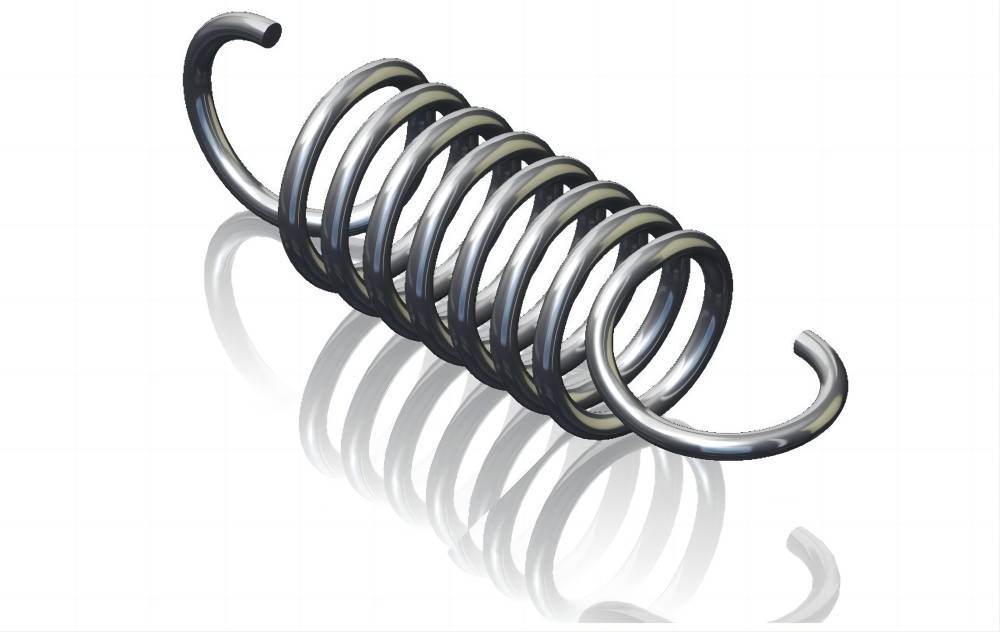
In summary, our comprehensive exploration of extension springs has provided a deep understanding of their mechanics, methods for calculating maximum force, and their extensive range of applications. As technology advances, extension springs will continue to evolve and find new applications, making them a cornerstone of modern engineering and design across multiple industries. Understanding their mechanics and capabilities is essential for engineers, designers, and anyone involved in utilizing these versatile springs effectively.

